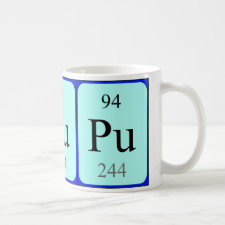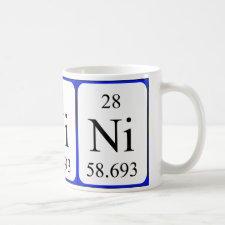
Authors: Elsayed NH, Alatawi A, Monier M
Article Title: Diacetylmonoxine modified chitosan derived ion-imprinted polymer for selective solid-phase extraction of nickel (II) ions.
Publication date: 2020
Journal: Reactive and Functional Polymers
Volume: 151
Article Number: 104570.
DOI: 10.1016/j.reactfunctpolym.2020.104570
Alternative URL: https://www.sciencedirect.com/science/article/pii/S1381514820302285
Abstract: An ion-imprinted sorbent (Ni-CDMO) derived from diacetylmonoxime (DMO)-chitosan Schiff base has been prepared by incorporating Ni(II) ion matching sites, which can selectively coordinate and recover Ni(II) ions from aquatic media. The chitosan was first modified by DMO to improve the targeted Ni(II) ion coordination and then the polymeric Ni-complex was treated with glyoxal to cross-link the polysaccharide chains and maintain the coordination sites rigid and inflexible after eluting the Ni(II) ions from the sorbent matrix. The maximum Ni(II) ion capacities of the Ni-CDMO and the control adsorbent C-CDMO were determined by performing the isotherm studies under different Ni(II) initial concentrations and treating the obtained experimental results using Langmuir and Freundlich models. The maximum capacity was around 135 mg/g, which is considered a high competing value. Furthermore, the competitive extraction of Ni(II) ions among various similar ions including Pb(II), Cu(II), Co(II), and Cd(II) was carried out using Ni-CDMO and C-CDMO and the results confirmed the distinct role of the utilized imprinting procedure in creating a considerable Ni(II) ion selectivity within the structure of the Ni-CDMO. Also, the regeneration and reusability experiments indicated the preservation of approximately 98% of the initial efficiency after the performance of five consecutive cycles
Template and target information: nickel ion, Ni(II)
Author keywords: chitosan, Diacetylmonoxime, nickel ion, Ion-imprinting



Join the Society for Molecular Imprinting

New items RSS feed
Sign-up for e-mail updates:
Choose between receiving an occasional newsletter or more frequent e-mail alerts.
Click here to go to the sign-up page.
Is your name elemental or peptidic? Enter your name and find out by clicking either of the buttons below!
Other products you may like:
 MIPdatabase
MIPdatabase









